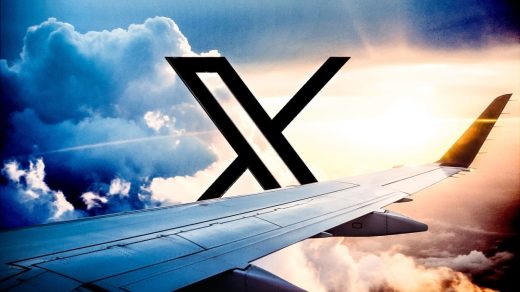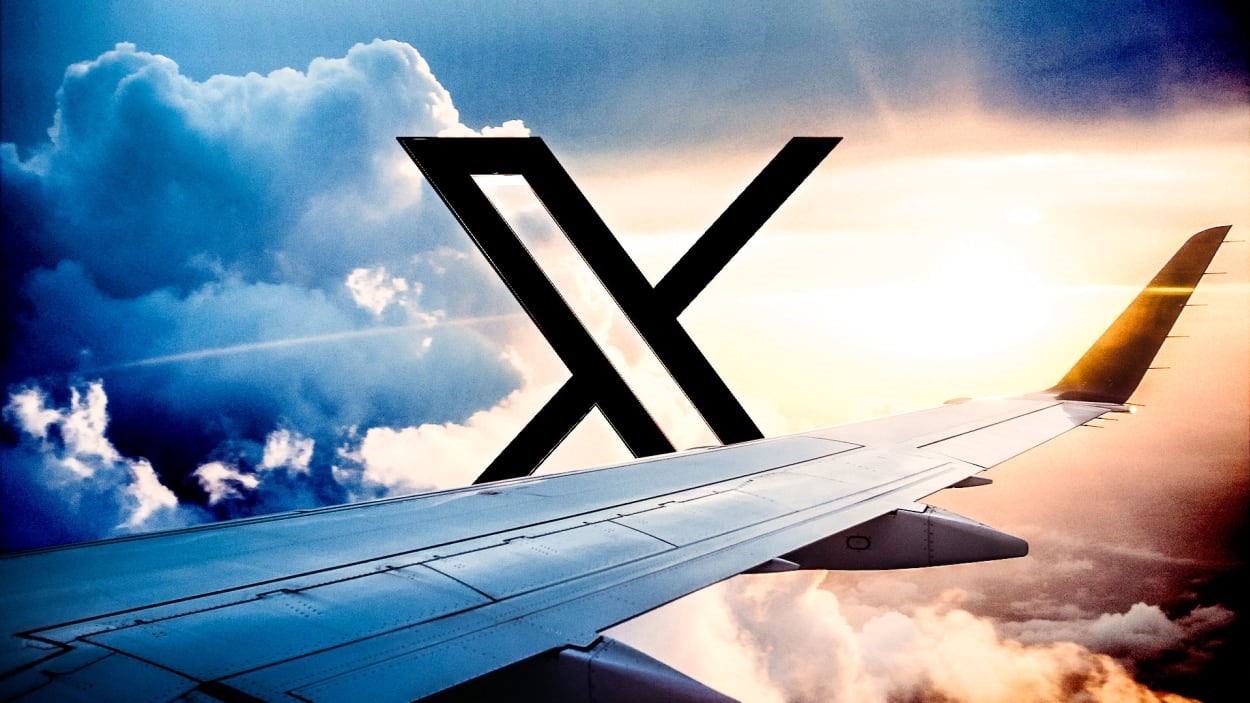Fake airline reps are helping disgruntled passengers rebook flights in the latest bizarre X scam
Staring down a 90-minute delay to an evening flight from Raleigh-Durham, North Carolina, to New York City’s JFK last weekend, I did something I’ve done many times before. I tweeted at the airline to ask what was causing the delay.
Within a few minutes, I’d had my query answered by the official X (formerly Twitter) account of JetBlue, but I’d also been inundated with likes, follows, and replies from nearly 20 accounts—each of which boasted the same profile photo and bio as the official account, and handles with some variation on @Jetblue.
In their replies, the accounts claimed to be sending tweets from JetBlue employees, and asked for me to DM them my WhatsApp number to resolve the issue. Turns out, what I experienced is a relatively new but increasingly common grift happening on X, seemingly thanks to the site’s fragmented verification process.
Earlier this month, Jason Rabinowitz—an aviation enthusiast who goes by @AirlineFlyer on social media and cohosts the AvTalk podcast from flight-tracking site FlightRadar24—noticed an uptick in bots replying to people who were tweeting at airlines for flight updates and customer service—with Air Canada among the common airlines whose customers ended up getting peppered with tweets. As someone who’s followed the airline industry for the past decade, Rabinowitz says the uptick in bot replies is unprecedented.
“Before the changes to the verification system on Twitter, there were definitely bots trying to scam people, but never really in a concerted, coordinated, targeted way like we’re seeing [now],” Rabinowitz says.
Under the platform’s previous verification system, Twitter would confirm that an account belonged to the business in question before bestowing a verification badge, but Elon Musk overhauled the process after taking over the site in 2022.
“It is absolutely overwhelming at this point,” Rabinowitz adds.
With X’s complicated verification tiers, the gold “organizational verification” badge costs $1,000 per month, according to the description. Some major carriers, such as Delta Air Lines, Air Canada, American Air, and Southwest, have the gold badge, while others don’t.
JetBlue, meanwhile, has a blue check that the site says has been in place since 2010. Still other airlines, like Scandinavian carrier SAS, have no verification at all.
Neither JetBlue nor X responded to Fast Company’s requests for comment.
On his own, Rabinowitz ran a test to trigger bots by making a post tagging several airlines that also used words like canceled, delay, and help. A few accounts purporting to be from British Airways and Lufthansa responded, asking him to DM them his WhatsApp number.
And as bizarre as it is to get replies from fake accounts that seem just credible enough to help you, even more bizarre is that the scam involves actually helping people change their flights. Rabinowitz says scammers ask for info like an email address and flight confirmation number, then use that info to book a flight. They then ask for payment via PayPal for the courtesy—something that could easily have cost nothing with the real airline.
“At the end of the day, you might not even know that you were scammed because the service you wanted was actually rendered,” Rabinowitz says. Even if people realize they’ve been scammed, once they’ve shared private information, scammers have the leverage of just canceling their flight. “Once that happens, you’re not likely to have any real recourse with the airline,” he says. “The moment you provide that information, you are potentially in a lot of trouble.”
Rabinowitz says the widespread nature of the issue, even beyond airlines, ends up putting a burden on passengers to verify that the account they’re in contact with is actually the official airline account via the website. “But that’s a lot of steps most people aren’t going to do,” he says. “It adds a lot of friction.”
It’s also a sign that whatever platform X ends up being, it’s a fundamentally different one than Twitter was. “The absolute best way to get customer service from an airline, hands down, used to be using Twitter,” Rabinowitz says. “But these days, if an airline doesn’t have a gold check mark . . . I would confirm that the account I’m looking at is the real deal.”
(11)



